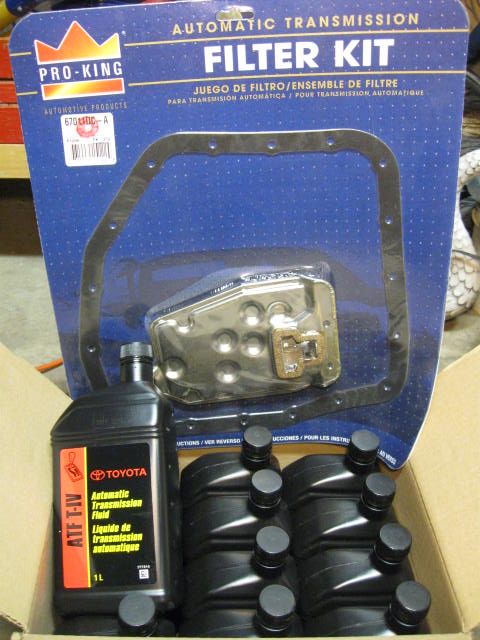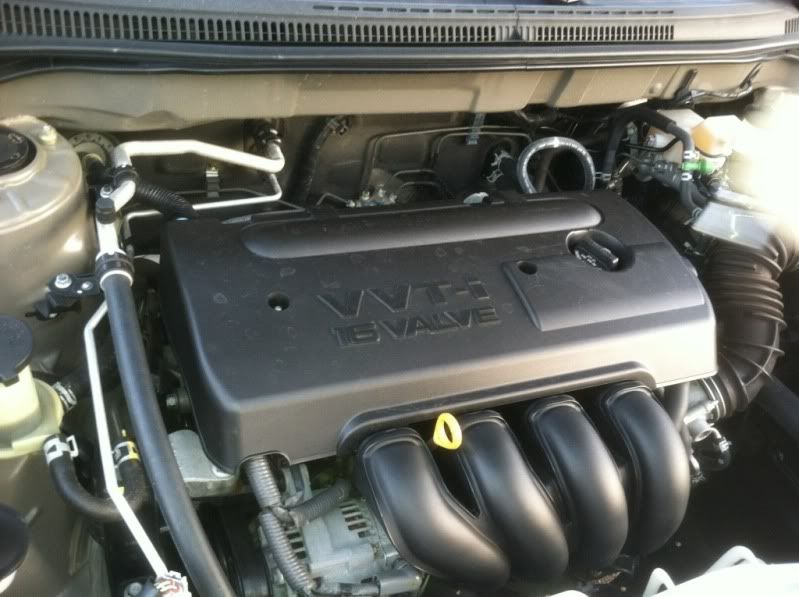I disagree with most of the posters. A flush is just another way of saying "replace all fluid, including residual fluid, in one service." Transmission "flushes" CAN cause problems under 2 conditions:
1. The flush machine uses an internal pump that has it's own set line pressure (which may be more or less than the transmission's pump).
2. The flush uses harsh and generic "flush" chemicals that cause damage.
I've flushed numerous high mileage Toyota transmissions, many which had never been serviced, all without issues. I've flushed my 255K mile Sequoia 3 times in the last 5 years and did my Lexus immediately upon purchase.
Flushes aren't bad especially if the transmission flush machine uses the internal pump to move the fluid (like a BG machine). I am a major advocate for DIY flushes done at home, which I call the pump and flush method (see DIY link below):
I completed this procedure at 49,000 km on my 2008 Corolla 1.8L automatic (with the 1ZZ-FE engine). The transmission fluid was getting a bit dark looking on the dipstick. To the best of my knowledge, the transmission fluid was the original fluid that was supplied with the car. [EDIT June 1...

www.toyotanation.com
This method safely removes all old fluid from the lines, valve body, pan, and torque converter.
Also keep in mind you don't HAVE to use T-IV, rather a compatible fluid. There are locally available fluids that work fine or better in the transmission. Here are some examples:
Ok everyone after much procrastinating I am going to make a compiled list of maintenance parts for the 9th Gen Corolla and 1st Gen Matrix/Pontiac Vibe. A lot of these items will also benefit owners of 8th Gen Corolla, 7th Gen Celicas, and maybe even other owners. Here is a link to the Toyota...

www.toyotanation.com
Aside from the transmission stuff, I support full replacement (flush) of the brake and power steering fluid as well as:
Thermostat
Radiator Cap
Spark Plugs
Intake Gasket (if never done)
Throttle Body Gasket (with Intake Gasket)
Throttle Cleaning
Injector Cleaning
These cars are extremely low maintenance so that's all I recommend really. Most DIYs for the above can be found in your DIY and General Info Sticky.









